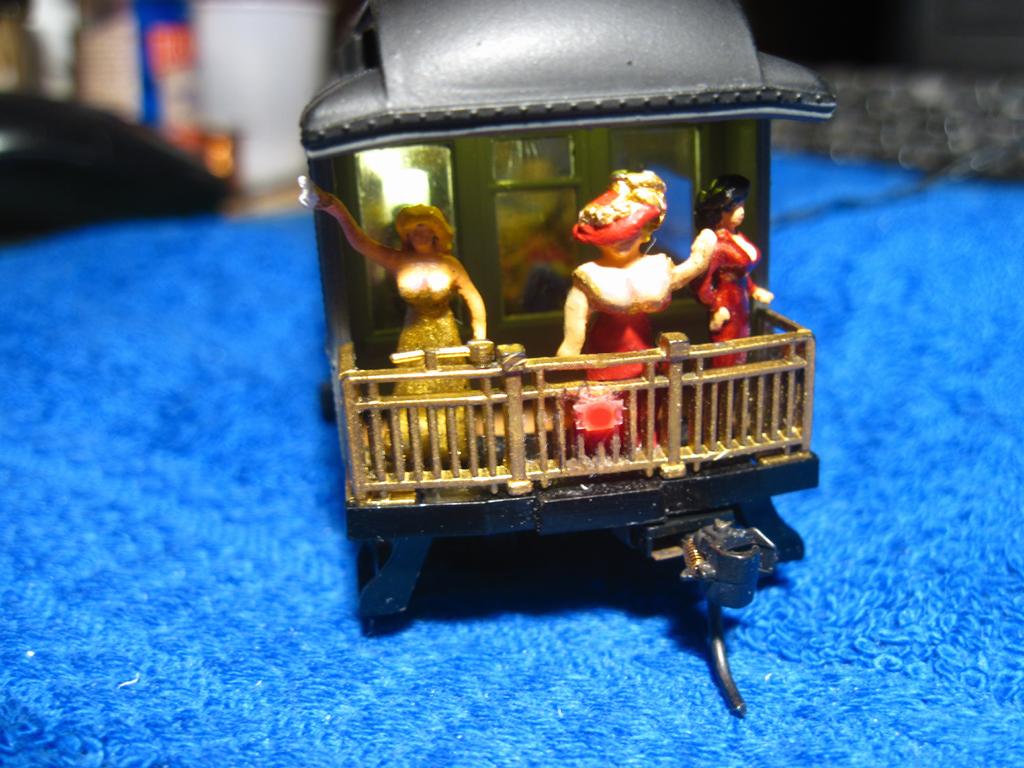I have a different take on this.
I like well detailed accurate models when practical, but there are a number of issues I consider more necessary.
Broad curves with easements - my minimum mainline radius is 36", most mainline curves are more like 40" and above. I am building a relatively simple layout in a large space with big curves and big features to capture the “immensity” of the prototype.
Realistic train lengths - my freight yard will be 22’ long, my average mainline train will be 35 to 50 cars. Very realistic and only slightly compressed for my 1954 era. The layout will stage about 24 trains that length.
Passeneger cars must be close coupled with working/touching diaphragms - all of my passenger cars have American Limited diaphragms that touch and work, yet most of my passenger cars are selectively compressed 72’ cars from Athearn and ConCor. They have been upgraded detail wise, but the slightly compressed length combined with my large curves give the moving passenger train that “gracefulness” of the prototype.
Deep scenery - the new layout I am getting ready to start on will have scenes 3’ to 4’ in most places and as deep as 8’ in one spot. Trackage will generally be near the front with a good “scene” behind. I tried the “shelf” concept, and the double deck “concept” on the last layout, I was not happy with either.
I like well detailed structures - being a building designer and construction professional I appreciate and know the correct details on structures.
Lighting and night scenes - will be an important part of the layout.
Signals and CTC control - a must have.
What I don’t need or don’t do:
Every car does not need full brake rigging.
Every car does not have to be exactly correct, it just has to be reasonably representive.
I have a lot of fine detail cars and locos, some RTR, some I built or super detailed.









